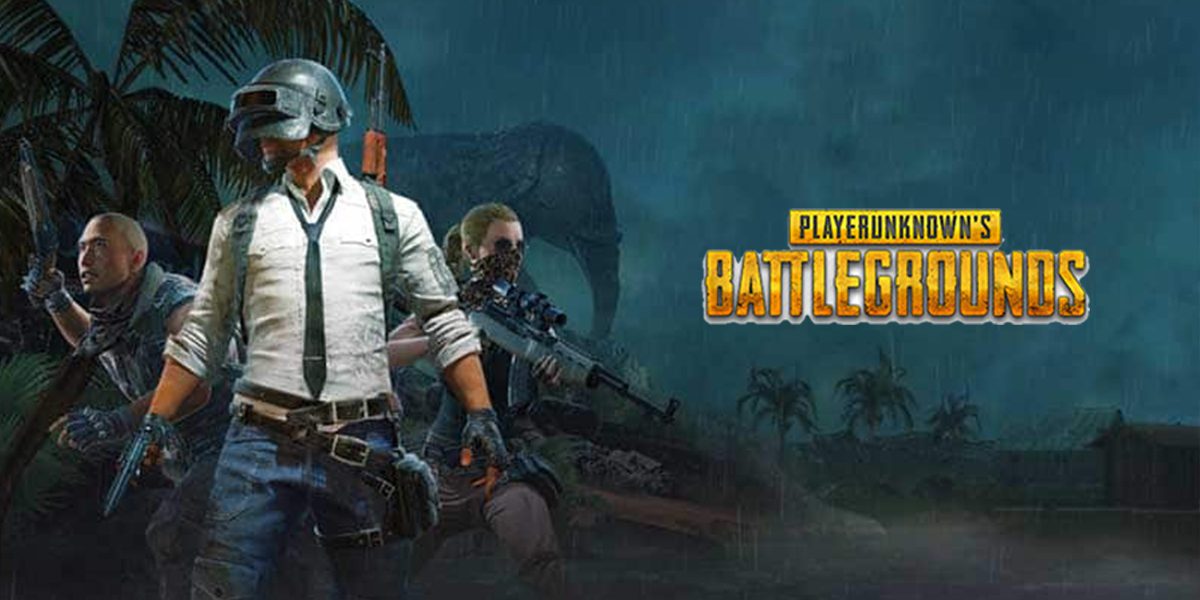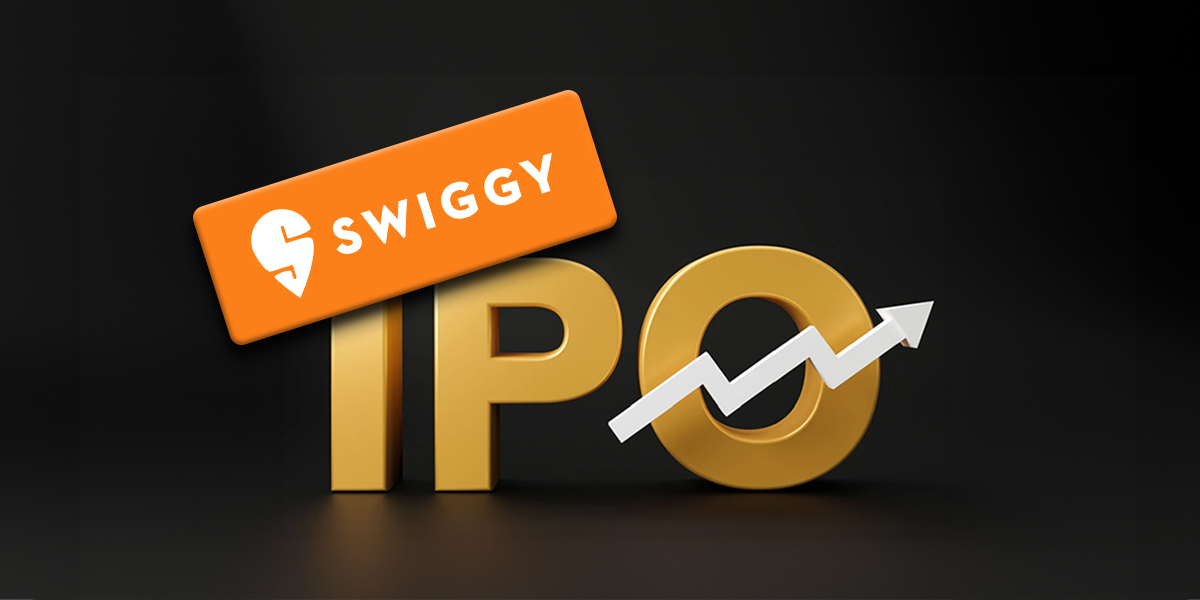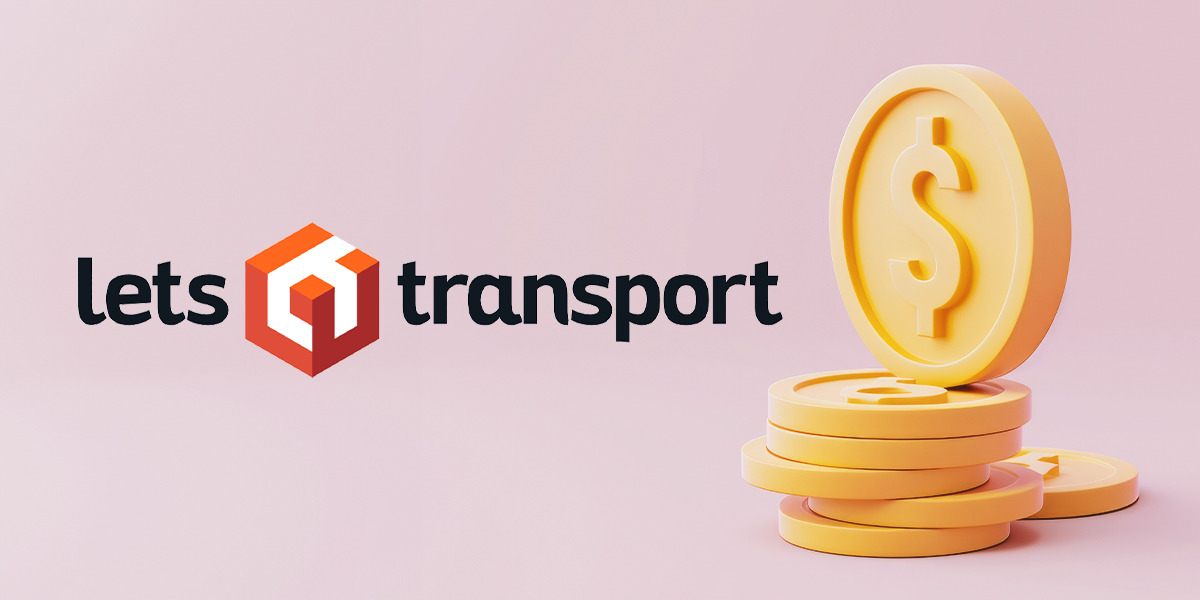A year after launching the hit game PUBG Mobile in India, Chinese gaming giant Tencent, the publisher of the game has been clocking an average $7-8 million every month since May in India, according to two people familiar with the firm’s financials.
They achieved this by selling virtual clothing items like jackets, weapons and mini-skirts for real money in a country not known to shell out cash for games.
“The money made was by selling skins that make your character in the game look different,” the first person with knowledge of the matter said. “People paid for cosmetics. Imagine! None of what you buy inside the game affects the gameplay. It’s a vanity metric.”
PlayerUnknown’s Battlegrounds (PUBG) is an online multiplayer game where players fight each other in a confined space until one survivor remains. This genre of game known as ‘battle royale’ has exploded into a cultural phenomenon globally. Fortnite is the crown jewel of this genre globally but PUBG was the first mover in India. PUBG’s success in India has led to bans and scrutiny over the addictive nature of the game.
The free-to-download PUBG Mobile has amassed 23-30 million monthly active users (MAUs) and 13 million daily active users (DAUs) in the country a year after launching operations in India, per a source with direct knowledge of the matter. In May, PUBG Mobile crossed 100 million monthly active players globally. This new data shows close to one-fourth of its mobile users are from India, proving India to be a sizable market by volume.
While an expanding user base, spike in revenue and a growing number of esports tournaments are positive signs for Tencent Games’ growth in India, questions prevail over its sustainability with only less than 1% of its MAU base being active in-app buyers. A significant majority of its users still play the game for free.
The pivot that wasn’t in sight
In April 2018, when Tencent Holdings Ltd. was putting together a gaming division in India, its go-to-market mandate was completely different. One that wasn’t PUBG-focussed.
Tencent Games in India would originally have two main focus areas: mid-core games and casual games. Both segments had a different general manager with separate teams reporting to Srinath Ramanujan and Aneesh Aravind Mandalaparambil, who handled casual and mid-core games, respectively.
Casual games have no learning curve and played by all, for instance, Candy Crush. Mid-core games, on the other hand, are for players spending an average of four hours/week on a game looking for more in-depth gaming experiences.
The Chinese firm had an elaborate casual game plan working on their own version of Teenpati, the popular online card game developed by Octro Inc and were building seven other casual games, a second source said until PUBG went viral.
The mobile version of the game – PUBG Mobile – launched internationally in March 2018, in partnership with Tencent Corp, became a phenomenon almost instantly. As the game’s market share widened in India, the mandate from the top was to pivot to focus only on PUBG. “Once PUBG went viral, other plans were shelved. The focus shifted completely to PUBG,” the second person said.
Questions mailed to Tencent were unanswered at the time of publication. We will update the story when we receive a response.
The game has since had several run-ins with regulators in China, Nepal, Iraq and India on the grounds of being violent or distractive. Despite that PUBG Mobile crossed over 100 million downloads in May. Even released a LITE version of the game at 491 MB, one-fourth the size of the original app for users to play on low-end phones.
While the game was increasingly played by millions in India, revenue contribution was sparse. For close to six months after the launch of PUBG Mobile in India, “the company clocked high user growth in volume terms but there was no money coming in,” the second person said. The firm made ~$6.8 million for the full year ended March 2019.
But over the past 4-5 months revenue earned has picked up with an average of over $7 million per month. “In May revenue earned was $7.1 million on a base of 23 million MAUs,” the first person cited above said. Tencent on PUBG Mobile makes money only through in-app purchases. What stands out is Indian users, who are traditionally not known to spend on in-app purchases are now loosening their purse.
One of the main revenue contributors is the release of ‘Royal Pass’. The pass offers players better rewards, buy ‘skins’ and rank up faster in the game. These passes have a limited window for purchase and are released once in two months. Based on the nature of rewards the seasonal passes are priced in the range of Rs.799 to over Rs.3000.
“There’s always a spike in revenue in the months of the Royal Pass release. The next is in September. On an average revenue is in the range of $7.5-8 million,” the second person cited above said.
In May PUBG’s global revenue stood at $146 million, according to market intelligence firm Sensor Tower. India revenue number pales in comparison to other geographies but industry watchers believe getting money out of Indian pockets is a net positive for the industry. PUBG Mobile is presently the highest-grossing app in the gaming category globally and in India, a marker of mainstream approval.
But for it to sustain ‘vanity’ must prevail.
It’s hot until it’s not
While the revenue uptick for the game is a positive, questions persist on its longevity. Unlike PC or console gaming, mobile games such as PUBG Mobile go through crests and troughs.
“Mobile games are not sticky. It’s a volatile market, unlike desktop games. One year you played Candy Crush, now you are playing PUBG. It’s hot until it is not,” the second person said. “It will be interesting to see how it fairs over the next few months. At best, revenues will start plateauing at $10 m, post that there has to be a new game.”
Player retention is crucial for stand-alone battle royale games.
The playbook for most battle royale (including Fortnite) is simple: The game is free to play and generate revenue by selling season passes that allow players to unlock new character outfits. But in a market like India, sustaining a player base is difficult.
What might be a bigger challenge, however, is to increase the base of paying users, currently at less than 1%.
“PUBG has cracked it in terms of making Indians pay for vanity, which is different from spending on card games or fantasy leagues. These are the only proven gaming business monetising at scale” said Manish Kheterpal, Managing Partner at WaterBridge Ventures, a board member of online poker platform 9stacks.
Even then, of the $7-8 million revenue earned per month, Tencent Games will have to pay a 30% cut to Google, followed by royalties to PUBG Corp (the South Korean game developer) and finally operation costs. “This leaves Tencent with less than $100,000 in the bank,” the first person said.
In terms of online-gaming revenue in India only Rummy, Poker and fantasy games have proven to be monetizable businesses. “To have 23 million MAUs and have just 0.1-1% paying users is not sustainable. A healthy ratio should be about 6-7% paying users. In mature markets that ratio goes upto 10-15% paying users,” Kheterpal added.
Yet one can’t downplay the behavioural change the game has brought about.
The game, as reported by TOI, has led to the rise of celebrity streamers on Youtube making upto Rs. 20,000 through fan payment on Youtube’s Super Chat feature. Tencent has been trying to expand its user base and bring more players into the fold through esports tournaments with large payouts.
The gaming giant has been pushing the envelope with a payout of over a crore in India for esports, which has so far been riddled with scams. “Many organisers have announced prize money and have not delivered it. This was the scenario until two years ago. It’s changing now with PUBG,” the first person said.
Tencent is having its latest PUBG mobile India tour (PMIT) in Jaipur, Guwahati with prize money of Rs. 1.5 crore. Last month, the firm had its PUBG Mobile Club Open (PMCO 2019) India at the Thyagaraj Sports Complex in New Delhi. Team SOUL who finished first in the tournament participated in the finale in Berlin placing 12 overall.
The Chinese firm sponsored the travel for SOUL which became the first team to represent India in a global esports tournament. The prize money for the winner of PMCO 2019 was $180,000 (~Rs. 1.2 crore).
“For PUBG’s run to sustain the burn is not healthy if you are a standalone game. Tencent can afford it,” the second source said. “There are close to 150 people working on the game. Plus you have server costs and other infrastructure costs.”
Kheterpal is clear sighted about his view on gaming in India. “We aren’t going to be producing PUBGs out of India. Game publishing is a movie-production mindset. You need to lose 10-15 films before you make one massive hit”
True. Rovio, the Finnish game maker released 51 flop games before their blockbuster game Angry birds. “PUBG has created a windfall. It’s a young space in India. I’d be conservative on the money coming in,” he said. Tencent isn’t.
Currently, Tencent Games has a team of 21 people housed in the WeWork Residency road office in Bangalore. They are expanding and have moved to a 40 seater office, sources say. Ramanujan who was originally responsible for casual games has left the company after helping set up India operations. The gaming division is primarily handled by Mandalaparambil, who currently spends time organising PUBG esports tournaments.














